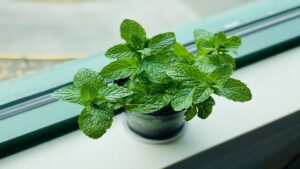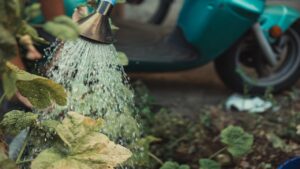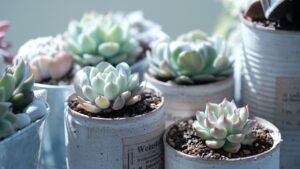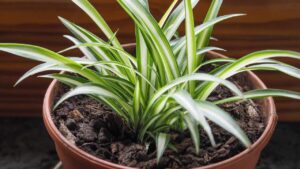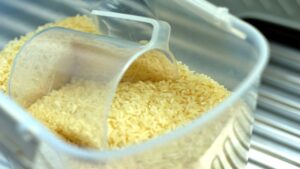Why Poinsettia Leaf Tips Dry Out and How to Avoid It
The poinsettia is a beautiful and ornamental plant, especially popular during Christmas for its vibrant red leaves, creating a festive display. However, it’s disheartening when these leaves start turning yellow. Let’s explore the reasons behind this and discover ways to prevent it.
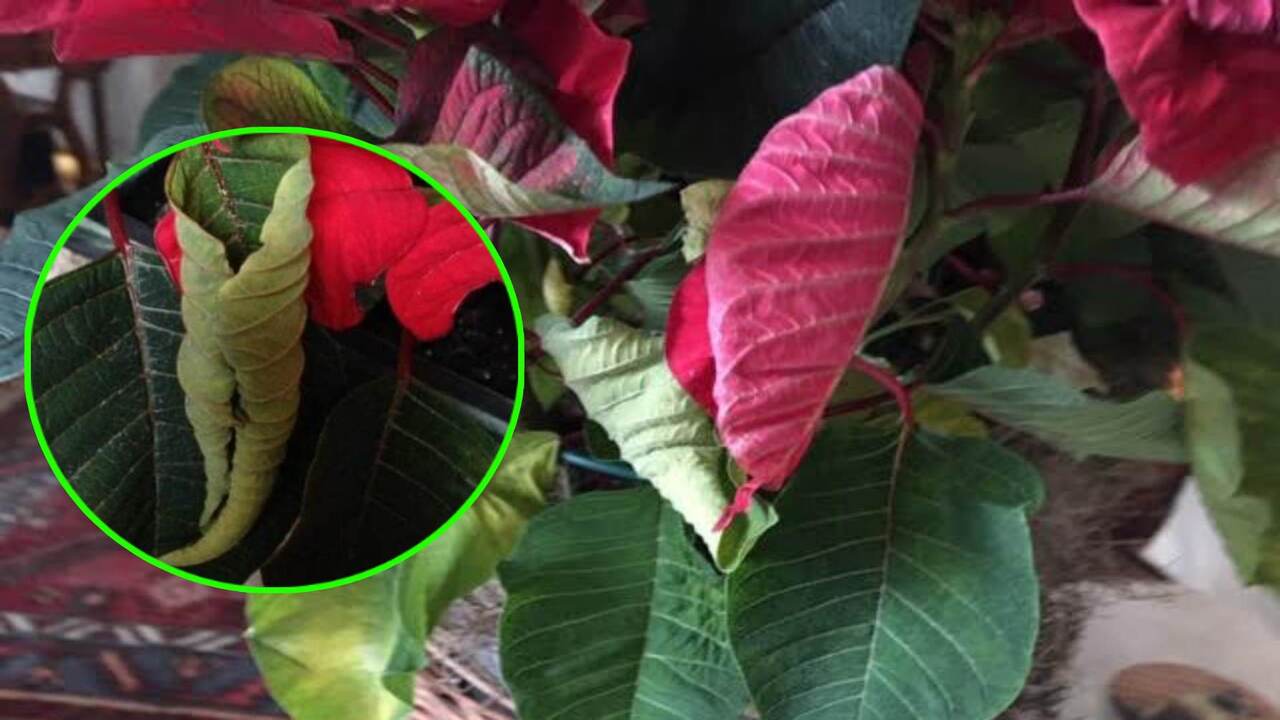
The leaves turn yellow and dry out
The primary reason for poinsettia leaves turning yellow often lies in watering practices. Neglecting care instructions leads to sporadic watering without considering soil moisture. Awareness of soil conditions is crucial – it can be either too dry or overly waterlogged. To address this, follow plant care guidelines and adjust watering frequency accordingly.
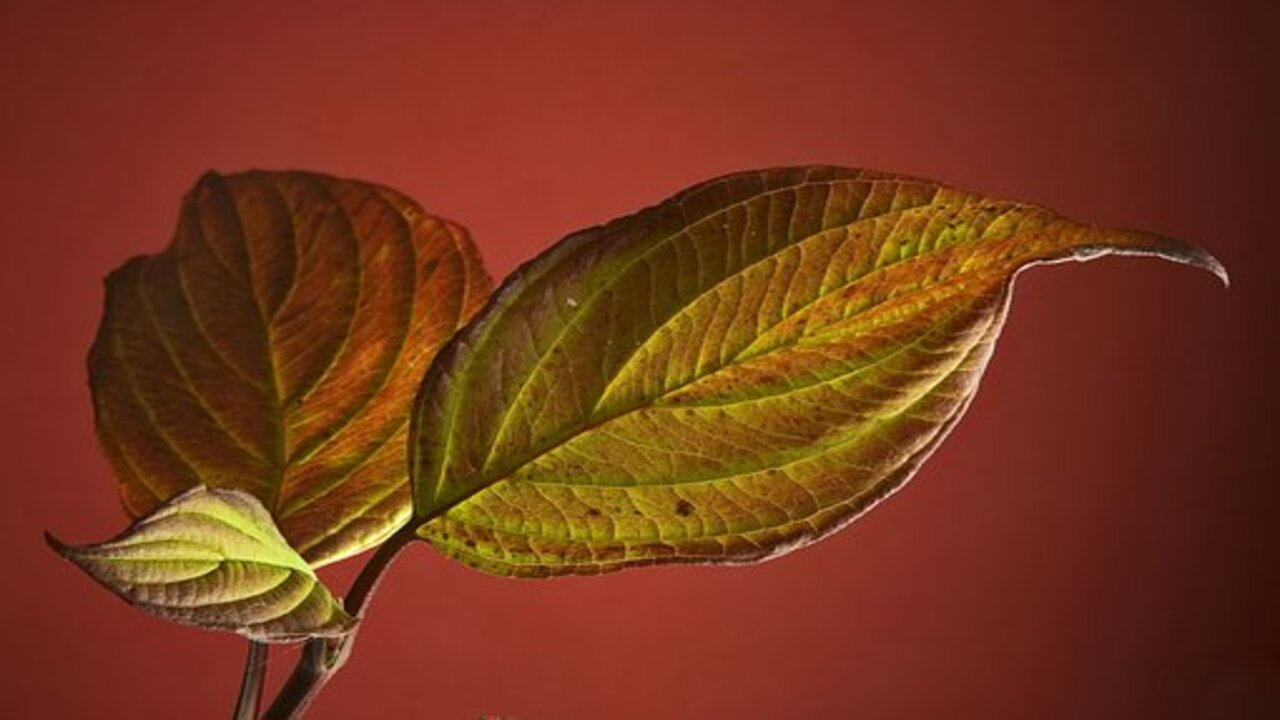
When roots rot, they lose their ability to absorb water, depriving the leaves of essential nutrients. In such cases, carefully till the soil and cut off the rotten roots.
The poinsettia is a delicate plant, thriving in specific conditions, requiring non-saline soil formulated for flowering plants. If excessive fertilizer has been applied, address the issue by placing the plant in a basin. This helps dilute salts absorbed by the roots, restoring proper hydration levels and ensuring the poinsettia’s delicate needs are met.
What to do when we see yellow leaves
Twisted, yellowing, and falling leaves on a poinsettia may indicate an overly dry environment. To remedy this, relocate the Christmas star to a bright place and use a water spray to increase humidity around the plant. Another reason why the leaves turn yellow is that this type of plant cannot tolerate gas stoves, so move it to a fresh environment.
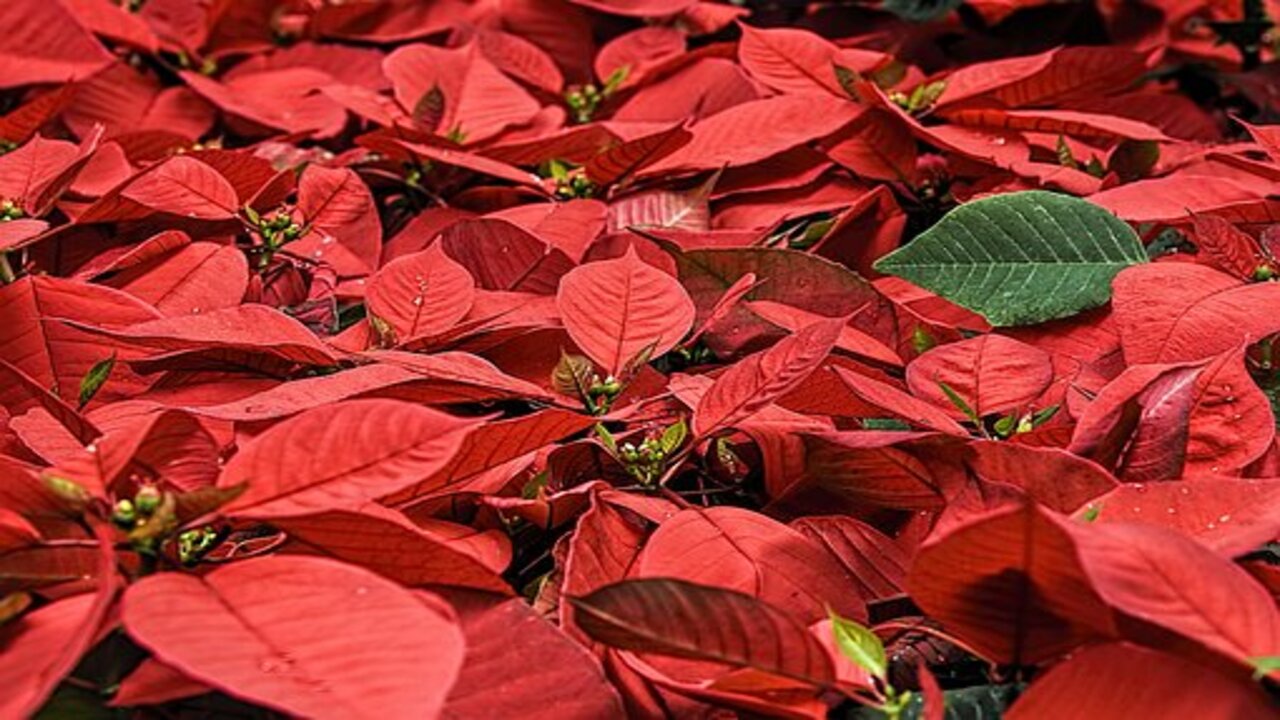
Last advice. When you buy the poinsettia, make sure not to expose it to too many temperature changes during transport, and avoid buying it in excessively cold conditions. Sudden exposure to extreme cold can lead to immediate leaf loss.
